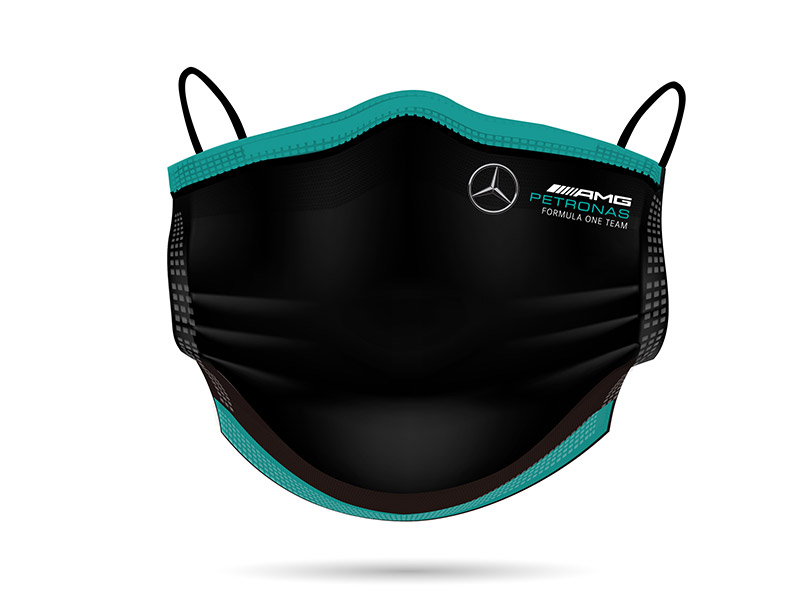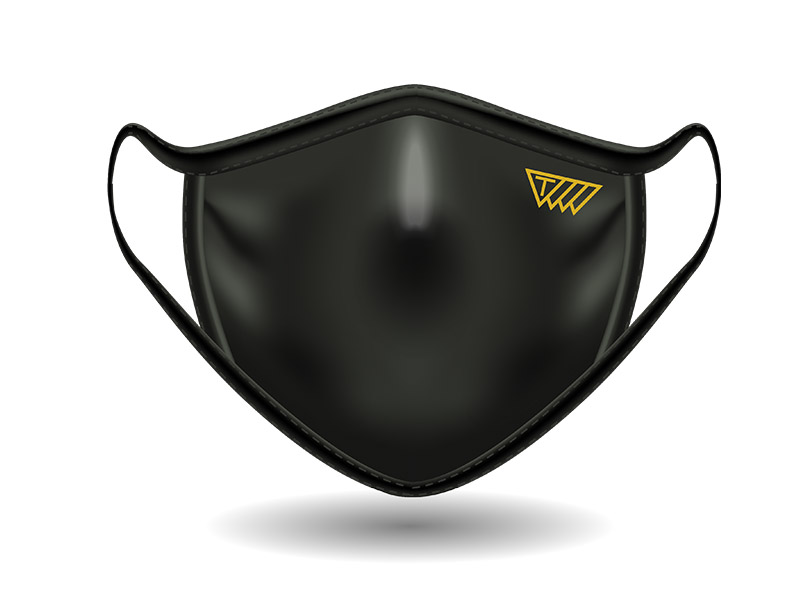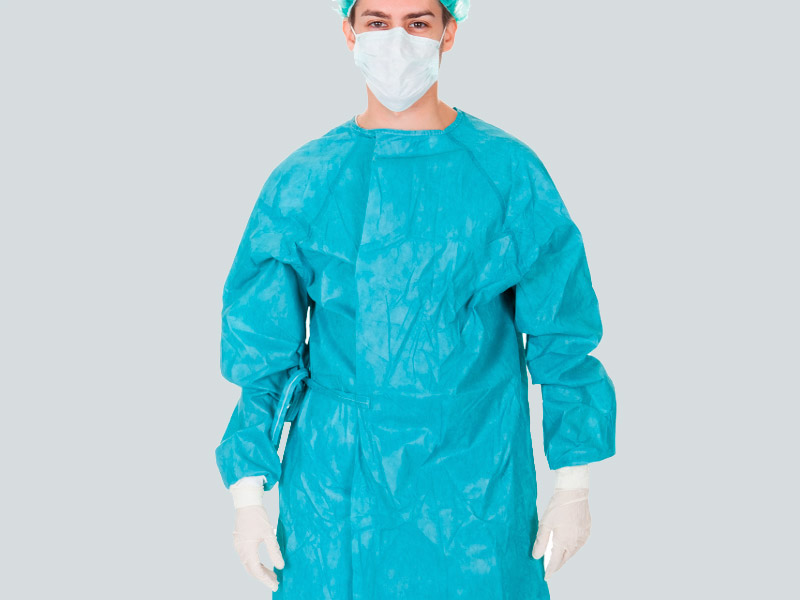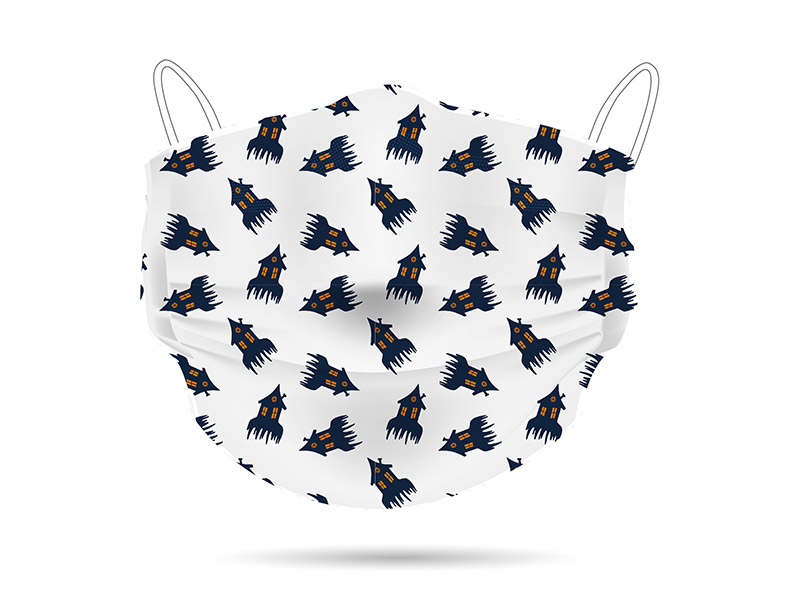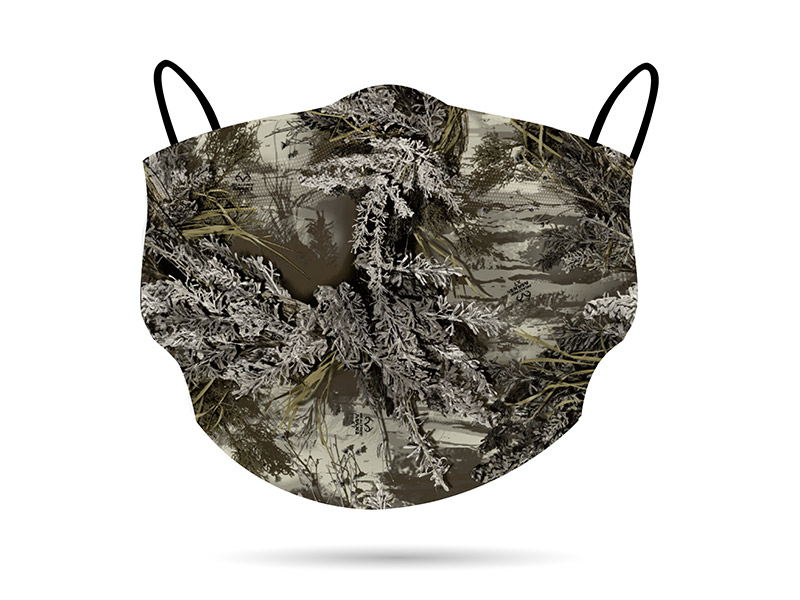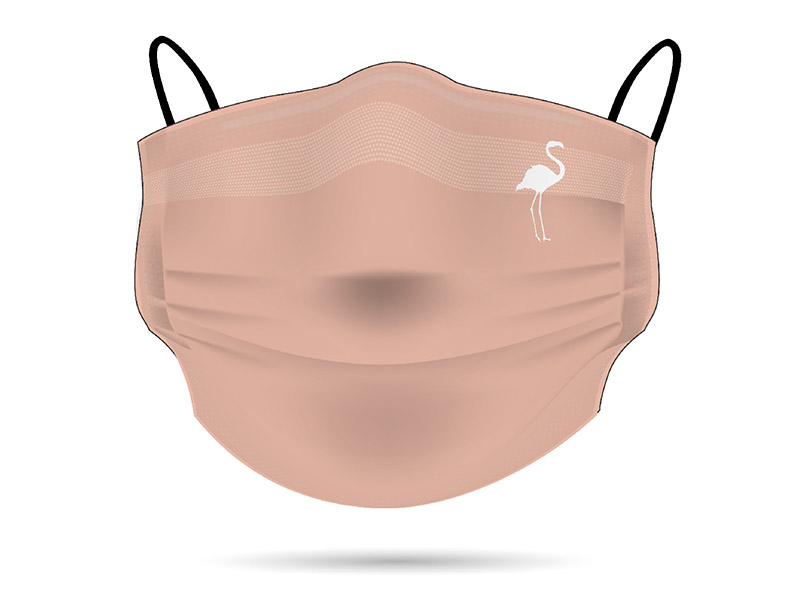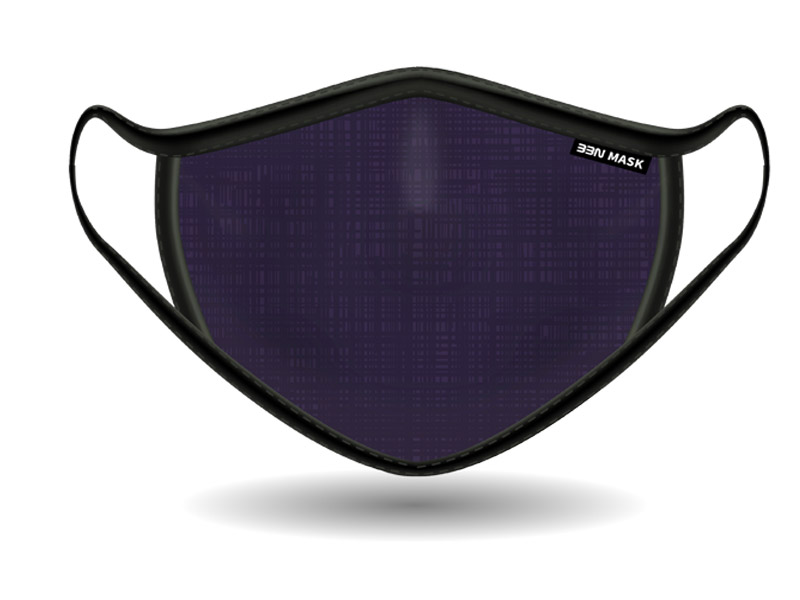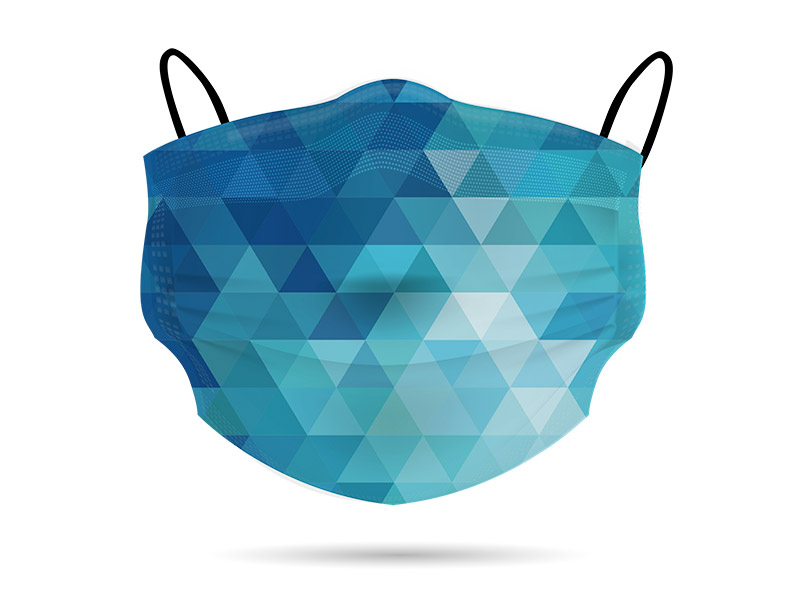Properly wearing a mask or cloth face covering can help keep you safe while navigating the COVID-19 pandemic.
Editor’s note: Information on the COVID-19 crisis is constantly changing. For the latest numbers and updates, keep checking the CDC’s website. For the most up-to-date information from Michigan Medicine, visit the hospital's Coronavirus (COVID-19) webpage.
Interested in a COVID-19 clinical trial? Health research is critical to ending the COVID-19 pandemic. Our researchers are hard at work to find vaccines and other ways to potentially prevent and treat the disease and need your help. Sign up to be considered for a clinical trial at Michigan Medicine.
As cases of COVID-19 begin to spike again across the country, it’s important to stay steadfast in helping prevent further spread of the virus. While you should continue to wash your hands, cover your coughs and sneezes, avoid touching your face and follow social distancing rules, wearing a mask is an additional step you should also take to stay safe. Here’s why:
As we’ve learned throughout this pandemic, the most common way COVID-19 spreads is through person-to-person contact. When an infected person coughs, sneezes, or talks, they produce respiratory droplets that can travel about six feet and can land in the mouths or noses of those nearby. COVID-19 can also be spread by people who don’t know they have the virus since they aren’t experiencing any symptoms. Because of this, the Centers for Disease Control recommend wearing masks or cloth face coverings to help slow the spread of the virus. As of July 13, this recommendation became a requirement for those in the state of Michigan as Governor Gretchen Whitmer signed an executive order requiring mask use in all indoor public spaces.
MORE FROM MICHIGAN: Sign up for our weekly newsletter
“Wearing a mask is recommended when we are indoors with others and can’t reliably maintain the six-foot social distancing rules,” says Amanda Valyko, MPH, the director of infection prevention and epidemiology for Michigan Medicine. “In these circumstances, a mask can add an extra layer of protection.”
To make sure you are properly protected, there are some things you should and should NOT do when wearing a mask or cloth face covering:
Choose a mask that doesn’t have a valve or other openings in it.
Make sure it covers your face from the bridge of your nose down to your chin.
Try to fit it snugly against the sides of your face, making sure there are no gaps.
Make sure you can breathe easily through it.
Wash it regularly using water and a mild detergent; dry it completely in a hot dryer; store it in a clean container or bag.
Do not allow it to slip under your nose and don’t wear it on your forehead or around your neck.
Do not put it on a child younger than 2, anyone who has trouble breathing or anyone who is unconscious, incapacitated or otherwise unable to remove it without assistance.
Do not touch the inside of it, as it may be contaminated from your breathing, coughing or sneezing.
Do not share it with others in your household without washing and drying it first.
While wearing a mask may not keep you from getting COVID-19, it can help lower the odds. If you’re sick, a mask can help keep your germs from infecting others. If you’re healthy, a mask can help keep respiratory droplets from someone who is sick from landing in your nose and mouth. While we can’t quantify how effective it is to wear a mask, we do know it offers some protection while not wearing one offers none. In short, we are all at the lowest risk when everyone wears a mask.
PRINT OUT: Tips on How to Wear Cloth Face Coverings
Despite the CDC’s recommendations, there is one big myth out there about the safety of wearing a mask – that it causes you to breath in dangerous amounts of carbon dioxide. “For those who can medically tolerate wearing a mask, there is no science to support claims that wearing a mask can harm you,” says Valyko. “Health care workers wear masks and respirators daily, often for extended periods of time, without incident. While it may be uncomfortable, this is how we can help protect one another from COVID-19.”
If you have severe lung disease, such as COPD or asthma, Michigan Medicine specialists still recommend that you wear face coverings. While some inaccurate information about masks not allowing sufficient oxygen supply, or increasing CO2 levels have been in the media, there is no medical evidence to support these claims. The face covering you use doesn't need to be tightly fitted, but it does need to cover your nose and mouth. In the rare case that a face covering absolutely cannot be tolerated, work with your doctor to find an alternate solution, such as a face shield. While face shields aren't considered interchangeable with masks, evidence suggests they can help to limit the spread of virus particles. But remember that social distancing and hand washing are still very important safety precautions that everyone should follow in addition to facial protection.
There is still so much to learn about COVID-19 but, as we all venture back out to restaurants and stores and re-join our families for birthdays and anniversaries this summer, it’s important to make wearing a mask a priority.
“We are all in this together and wearing a mask helps protect you and everyone around you, especially those who are at the highest risk,” says Valyko.
SEE ALSO: Making Masks Fun: Tips for Helping Your Child Wear a Face Mask
